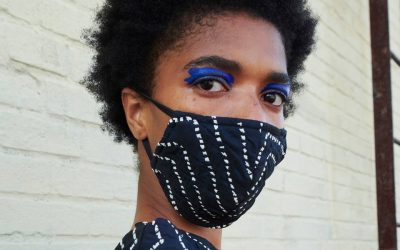Bacteria and beauty have been closely intertwined. From acne treatment to the recent rise in microbiome facial care (a market set to be worth $2.97bn by 2030), the dynamic between the two has been either one of rapid destruction or growth promotion.
COVID-19 heightened the dynamic to unprecedented levels. The fragrance industry produced hand sanitiser from their own ethanol reserves amidst global hand sanitiser shortages. The real challenge starts on our faces.
The average person touches their face 23 times per hour, presenting a significantly high risk of infection; and while we can wash our hands or bathe them in hand sanitizer, viral pathogens which land on the face — accessing and ultimately infecting the body via touching the eyes, nose, and mouth — are less easily eradicated without damaging the skin through over-washing or irritatingly alcohol-heavy formulations. Now a middle ground between the cosmeceutical and pharmaceutical realms has emerged.
The rise of “clean science,” marrying efficacy with streamlined formulations. Consumers have wisened up to endocrine disruptors and potentially toxic ingredients, but this trend is evolving further, into a realm where immediate health and beauty co-exist. Skincare sales have increased during the pandemic as customers became hyper-focused on hygiene rituals as a means of self-care amidst increased stress and uncertainty.
Less makeup application means more focus on skin health, and attainable at-home indulgences such as facial treatments offer a small respite from pandemic-induced pressures. Retailers such as UK department store chain John Lewis witnessed a 234% increase in purchase of skincare, body, and hair products.


